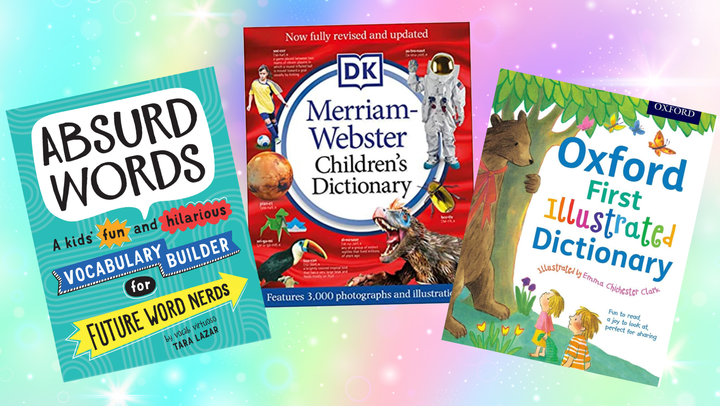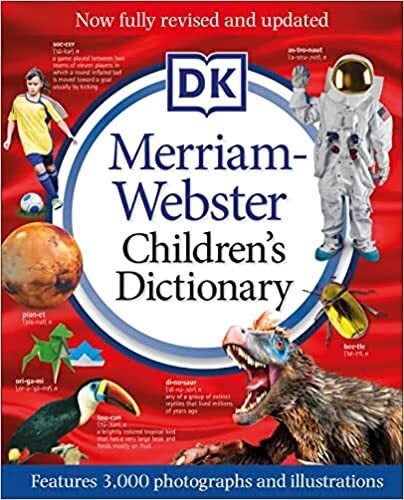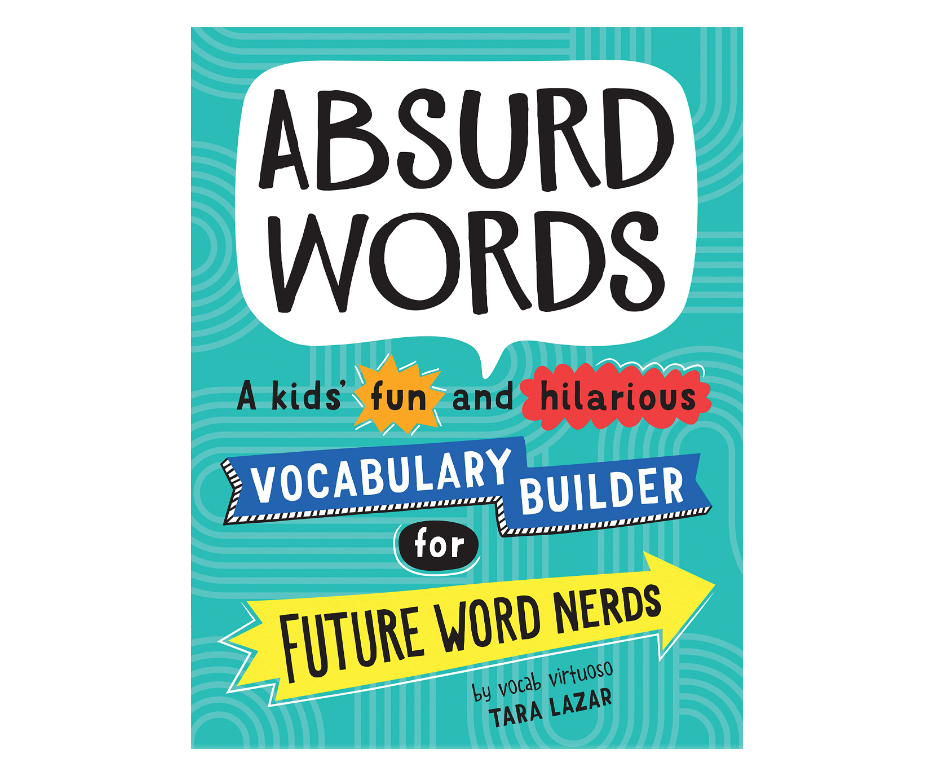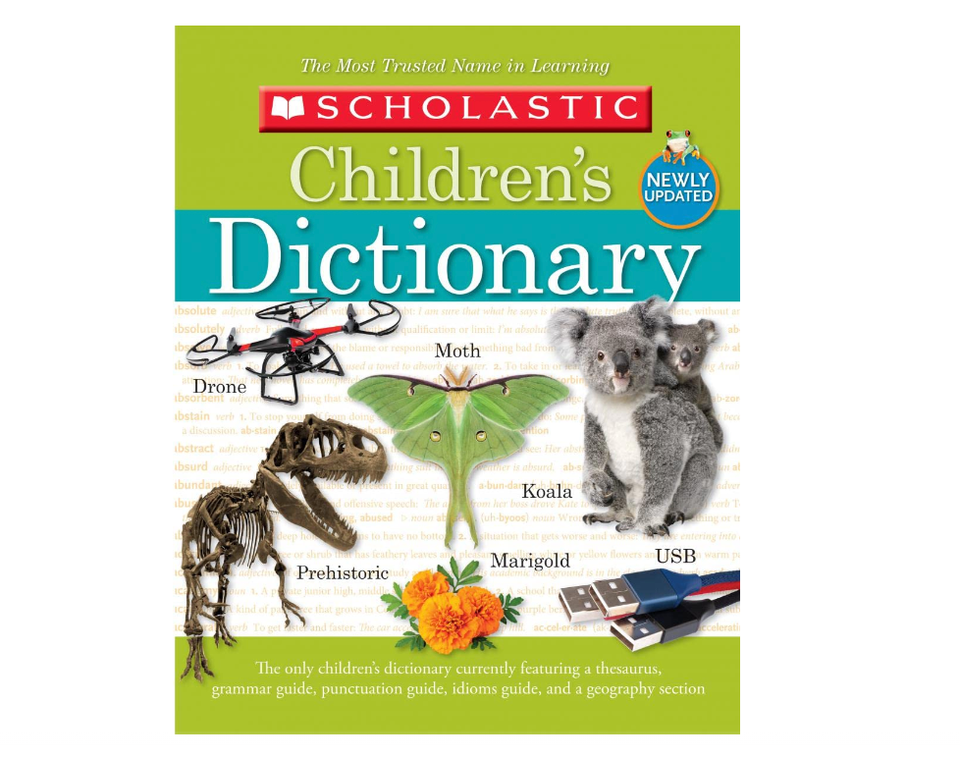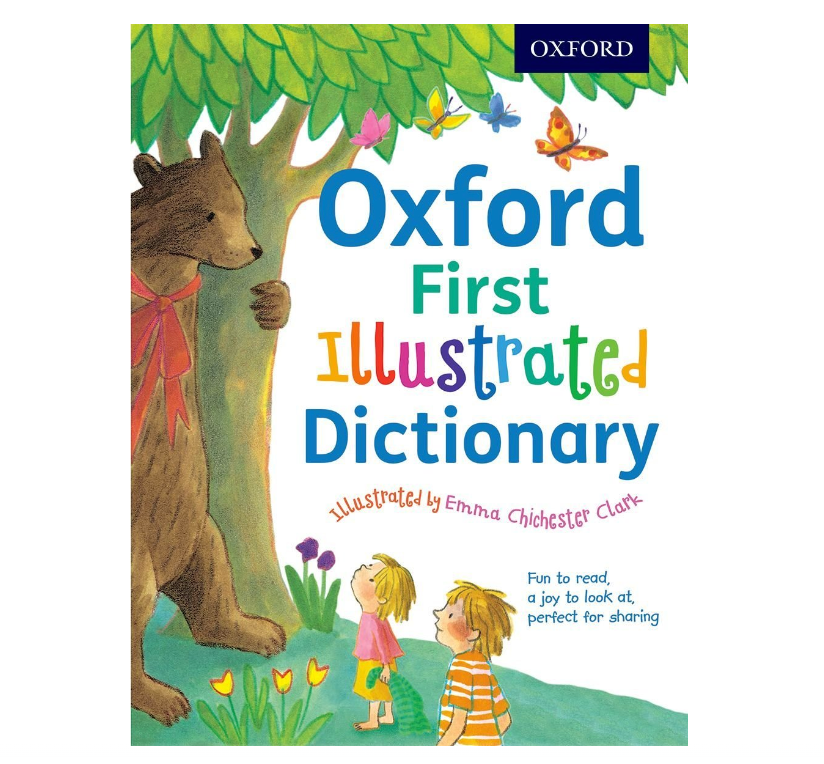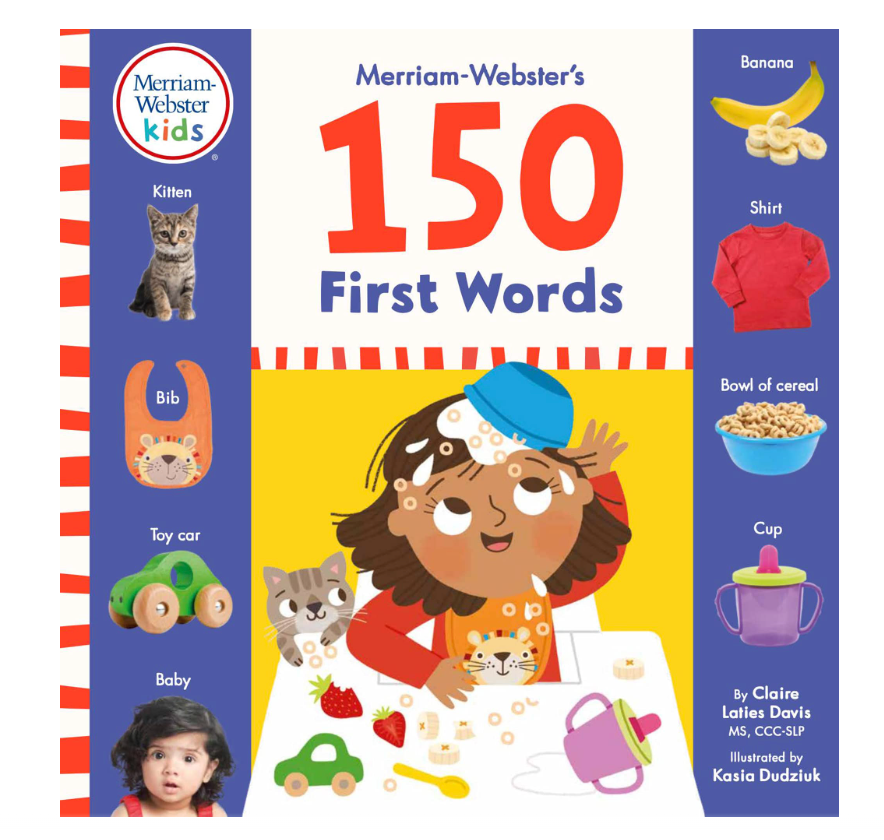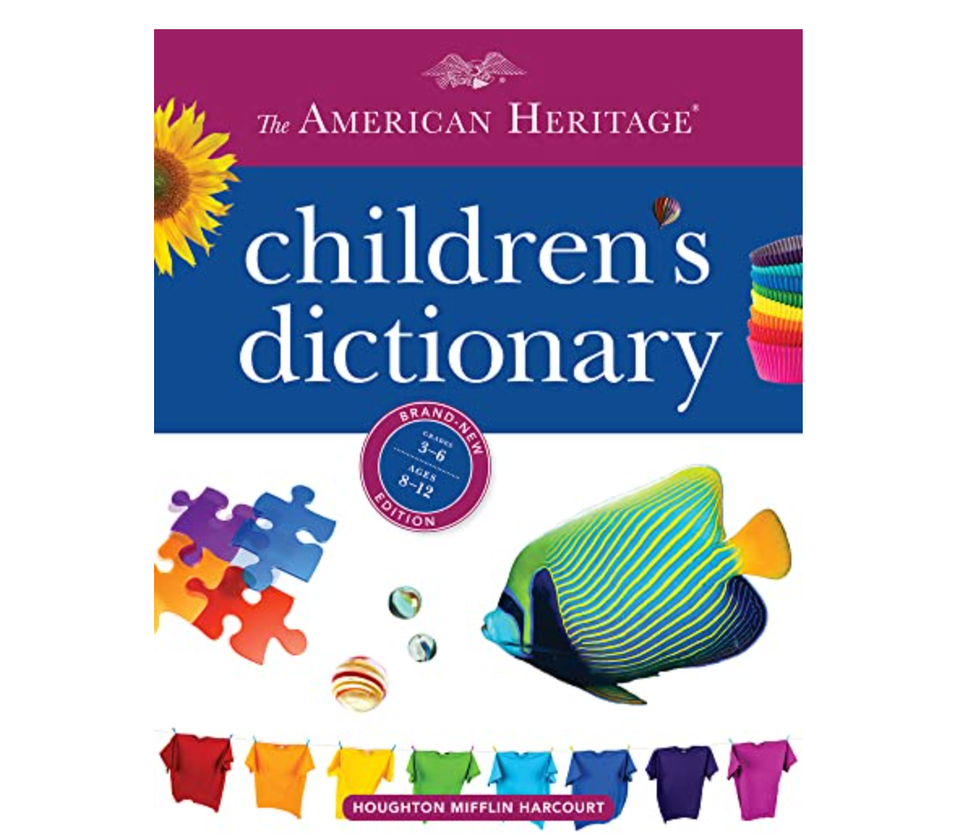Kids say the most “delulu” things.
A California teacher has gone viral after he published a “Gen Z term dictionary” featuring phrases such as “no cap,” “baddie” and “getting sturdy.”
Ryan Price, an English teacher at Buckingham Charter Magnet High School, posted three videos defining the new vernacular on TikTok.
Combined, the videos have accumulated 4.6 million views.
“All year long I’ve been listening to you and making a list, which I’ve compiled here for you — the Gen Z term dictionary,” said Price in his first video which was published Friday. “You guys can let me know if they’re accurate or if I need to revise them, or maybe you can help me to use them in a sentence.”
The first word he reveals to his students is the term “bruh” which, according to Price, is a noun and an alternative way of saying “bro.”


Price then moves on to the next slide with the term “rizz” which is new to him but means “to have charisma.”
Other slang featured in the video included “bussin” which the educator said he deemed good, especially when relating to food, and “delulu,” which Price guessed meant something or someone was delusional.
The Post reached out to Price for comment.
In the second video, which was posted Saturday, the TikToking teacher revealed that he had complied more words for his class.
“OK, you guys, I know you thought we were done with these terms, but we’re not because I compiled like five pages of terms,” stated the excited teacher. “And I’m just doing some every day until the end of the school year.”
Terms included in this video include “baddie” which was defined as a curvy, attractive, woman but could also be used to describe an attractive man.

“Getting sturdy” was defined as a dance usually used “when winning” while Price learns the phrase “no cap” is used when trying to get to the truth.
The educator also defines two more common slang terms “bet” and “slaps” as “another way of saying ‘OK’ or ‘all right’ ” and “something that’s good” usually in terms of music.
In the final video, Price said that he wanted to make a few revisions to the dictionary.
“Hey guys, I told you we might need to make some revisions on our term dictionary. And I have our first set of revisions for us and our first one’s going to be here on our title slide,” said the teacher who revealed that several of the slang terms were derived from African American Vernacular English (AAVE).
“I know you think that you came up with all these words, but you didn’t,” stated Price. “They’ve been around for a long time, and they kind of make their way into society and into your lexicon through pop culture and things like hip-hop music and stuff may just sneak their way into your daily vocab.”
According to the educator, some of the terms are often “looked down upon by society” because it seems “uneducated” or “thuggish.”
“But then what happens is it makes its way to like old, say, white suburbia. And you get like a little dorky white dude, mislabeling it just for a whole generation as a term dictionary,” explained Price.”It ends up kind of erasing the importance of it and the impact that it has on culture.”
The teacher then changed the title of the PowerPoint to read “The AAVE-inspired Gen Z term dictionary.”
Price later told his students that “the mistake was just simply due to ignorance on my part.”
“But that’s OK, because all you’ve got to do is learn. I just write the feedback that I got, studied a little bit and learned and now I’m not so ignorant anymore,” continued Price. “Being ignorant is OK, but being willfully ignorant and not doing anything about it, not so OK.”
